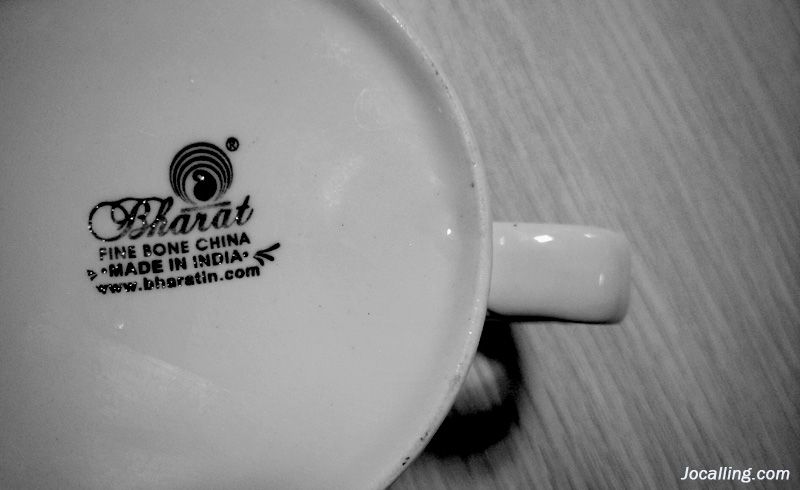Nelliyampathy is a locally famous hill station in Kerala, located in the Palakkad district. It is very easy to ride to the top of the hills as there are not many hair-pin turns, quite contrary to the other south India hill stations like Kodais or Ooty. There isn’t a lot to see in Nelliyampathy, so it is a quick weekend getaway for you. I would say do not waste your time at the Pothundi Dam en-route, rather go straight to Nelliyampathy. It is not yet a very popular tourist destination, so there are only a few good hotels/resorts and restaurants. So you have to make your reservations well in advance because these days the number of local tourists flocking to the hills on weekends have increased but very few to serve the need. Otherwise you will end up paying too much for the cheap places with limited facilities (like I had, on this trip). Also make sure to include at least your breakfast and dinner because there are not many restaurants open outside except for those tiny tea shops meant for the tea/coffee estate workers. November to January would be the best time to visit Nelliyampathy as it will be cold and foggy in early mornings and evening/nights.
Here comes some photos of our trip to Nelliyampathy on the last weekend.

This was shot from the cottage that we stayed in. It was twilight already by the time we got to the cottage, which required us to park the car in town and get on a jeep because this place was in the middle of the forest. Even though the location was superb, the cottage was so expensive for an old and unclean place. But we were left with no choice because almost all places were full in that weekend (thanks-giving has come to Kerala?), yet we couldn’t complain much because of the location. We spent a whole night out doing barbecue, singing our favorite movie songs aloud. Some of us could see bison herds in the early morning in the nearby hills.

The famous jeep ride through the forest! Whenever you mention the name Nelliyampathy, those who had gone there would instantly recommend this adventurous jeep ride through the forest. You need the forest department’s permission for that but you can easily grab one on the way which your jeep driver would get for you. And don’t take it if you are unwell because it shakes your body towards all sides throughout the journey. One heck of an experience. If you ever visit Nelliyampathy, you gotta get on one of these. If you are lucky, you can spot some wild animals too. We saw some deers (and lots of monkeys but that doesn’t count, I suppose) on the way and traces of destruction caused by a wild tusker who is now the talk of the Nelliyampathy town. The locals call him “chilli kompan”.

The first peak/viewpoint on the jeep ride inside the forest. Don’t get fooled by the pic, the view is awesome when you are there.

The travel mates at the second peak/view point along the journey.

And me too! A bit shaky in that cold wind that blew strong but one for the memories. Regardless to say, the view was awesome!

We found many such abandoned and partly destroyed quarters like this one in the forest. It will be a photographer’s delight for some.

The famous AVT tea estate, on the way to Karappara waterfalls. As we stopped by at some of the empty places, some of us were bitten by the leeches also, so watch out for that.

We saw the Karappara waterfalls, but locals told us that there is a less touristy spot nearby where you can take a bath in the clear water or just simply enjoy the view in the silence. So one localite escorted us to this place and it was super cool! The place was quiet, the water was so cold, and if you have your drinks stocked up, this is heaven on earth. So once you are near Karappara waterfalls, don’t forget to ask the locals for this route. We also got some awesome Kerala meals with the help of this guy.

Another view of the place.

This suspension bridge was inaugurated just a couple of hous before we came to the place. This was also near Karappara waterfalls. It has a nice view of the waterfalls from on top of it.
And that summed up our one day trip to Nelliyampathy this year.













